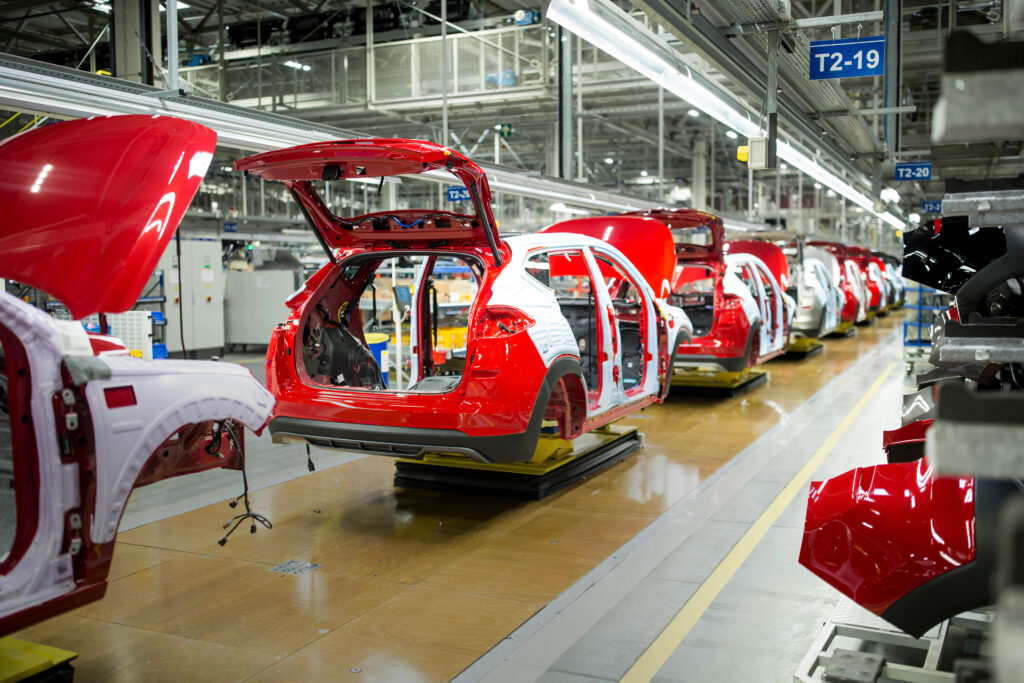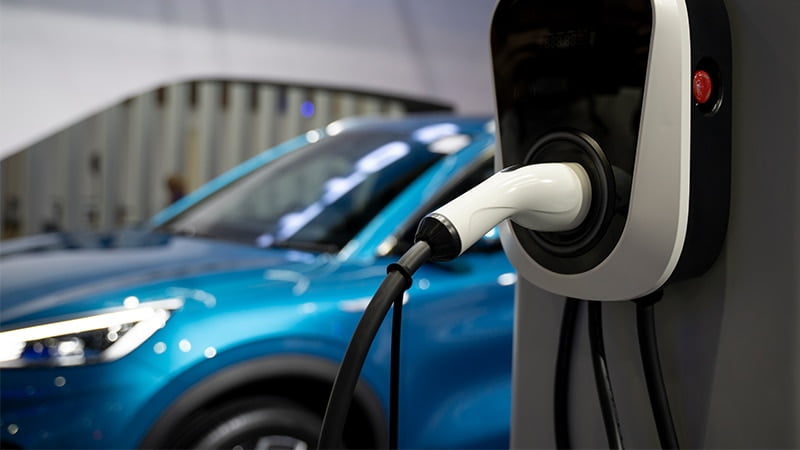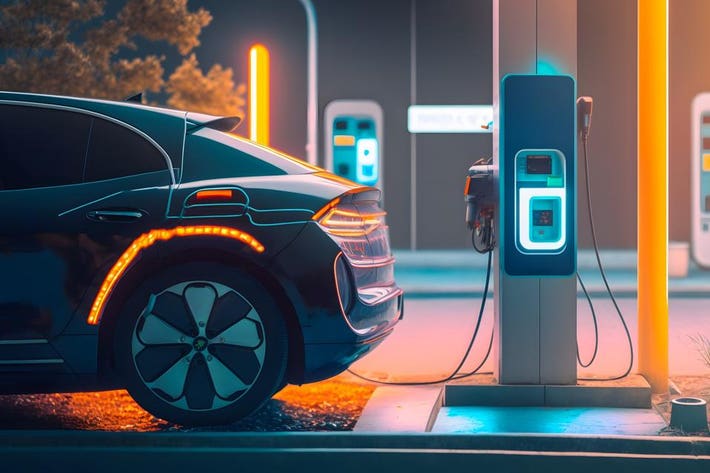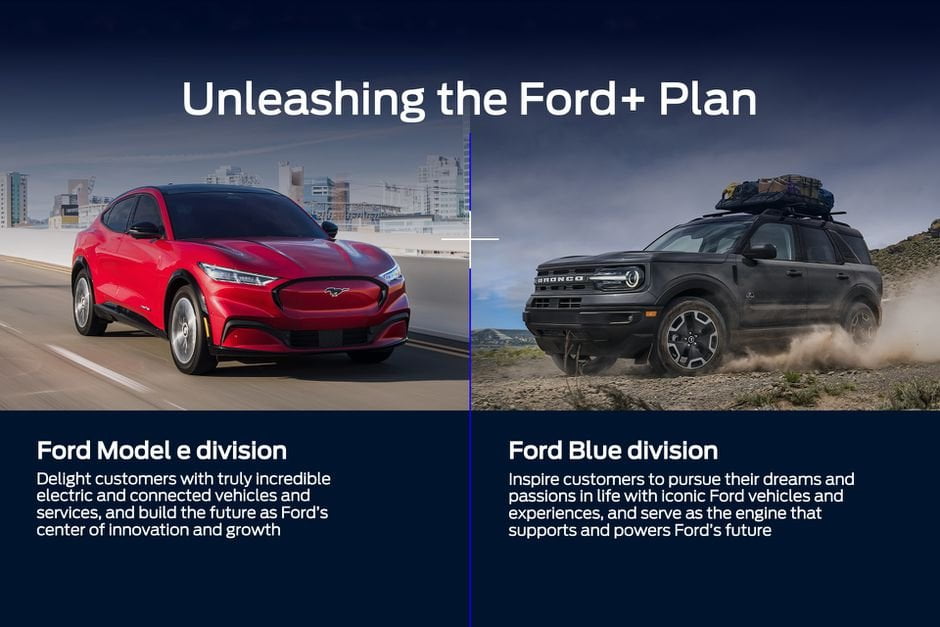Sustainability Initiatives in the Automotive Sector: Driving Green Innovation
Sustainability initiatives in the automotive sector are gaining momentum, becoming increasingly important for businesses and consumers alike. As concerns about climate change, pollution, and resource depletion grow, companies in the automotive industry are taking steps to minimize their environmental impact and promote sustainable practices. These initiatives include reducing greenhouse gas emissions, increasing fuel efficiency, implementing recycling and waste management programs, and promoting the use of renewable energy sources. By adopting sustainable practices, the automotive sector aims to contribute to a greener future while meeting the evolving demands of consumers who prioritize environmentally friendly options. The Growing Need For Sustainability In The Automotive Industry The automotive industry is increasingly prioritizing sustainability, with various initiatives aimed at reducing carbon emissions and promoting eco-friendly practices. From the use of electric vehicles to the implementation of renewable energy sources, the sector is actively working towards a greener future. Environmental Challenges Faced By The Automotive Sector The automotive industry has long been associated with environmental challenges due to its significant impact on the planet. The production and use of automobiles contribute to air pollution, depletion of natural resources, and greenhouse gas emissions. With the increasing number of vehicles on the road, it has become crucial to address these environmental challenges. The Importance Of Sustainability Initiatives In The Industry Sustainability initiatives play a vital role in the automotive sector to minimize its negative environmental impact. These initiatives encompass various aspects such as vehicle design, materials used in production, fuel efficiency, and end-of-life recycling. By implementing sustainable practices, automakers can significantly reduce their carbon footprint, conserve resources, and promote a cleaner and greener future. Impact Of Sustainable Practices On The Environment And Communities Sustainable practices have a profound impact on the environment and communities. By adopting eco-friendly manufacturing processes, automakers can minimize their emissions and reduce the release of harmful pollutants into the atmosphere. Furthermore, sustainable materials and designs can enhance fuel efficiency, leading to reduced fuel consumption and lower carbon dioxide emissions. This not only helps protect the environment but also reduces the dependence on non-renewable resources and promotes a more sustainable future for generations to come. – Sustainable practices in the automotive industry lead to a cleaner and healthier environment for communities, resulting in improved air quality and reduced health risks associated with pollution. – Recycling and responsible disposal of end-of-life vehicles minimize the generation of waste and pollution, ensuring the conservation of resources. – In addition to environmental benefits, sustainability initiatives also have positive impacts on communities. They promote the development of green jobs, stimulate innovation, and contribute to economic growth. In conclusion, the growing need for sustainability in the automotive industry is driven by the environmental challenges faced by the sector. By implementing sustainability initiatives, automakers can address these challenges and contribute to a cleaner, greener, and more sustainable future for both the environment and communities. Advancements In Automotive Technology For Sustainability The automotive sector has been actively embracing sustainability initiatives through advancements in technology. These initiatives are aimed at reducing carbon emissions, minimizing the environmental impact, and promoting a greener future for transportation. In this article, we will focus on three key areas where the automotive industry has made significant strides: the integration of electric vehicles, the development of alternative fuel options, and innovations in vehicle design and materials for reduced emissions. Integration Of Electric Vehicles In The Automotive Sector One of the most significant advancements in automotive technology for sustainability is the integration of electric vehicles (EVs) into the mainstream market. EVs are powered by rechargeable batteries, eliminating the need for traditional combustion engines that rely on fossil fuels. By transitioning to electric vehicles, the automotive sector is making a substantial contribution towards reducing greenhouse gas emissions and decreasing our dependence on non-renewable energy sources. Electric vehicles offer several advantages over their conventional counterparts. Firstly, they produce zero tailpipe emissions, reducing air pollution and improving air quality in urban areas, thereby benefitting public health. Secondly, EVs are highly energy-efficient, with conversion rates that are often double that of internal combustion engines. This increased efficiency translates into greater mileage per charge, making electric vehicles a practical and eco-friendly choice for everyday commuting. Development Of Alternative Fuel Options Like Hydrogen And Biofuels Besides electric vehicles, the automotive industry is actively developing alternative fuel options like hydrogen and biofuels. Hydrogen-powered vehicles utilize fuel cell technology, which converts hydrogen gas into electricity, with water vapor being the only emission. This technology offers a clean and sustainable means of transportation, as hydrogen can be produced from a variety of renewable sources, such as wind and solar power. Biofuels, on the other hand, are derived from renewable resources such as plant oils, agricultural waste, and algae. These fuels can be blended with or serve as a substitute for gasoline and diesel, significantly reducing carbon emissions. Moreover, using biofuels in existing combustion engines does not require extensive modifications, making it a cost-effective and readily implementable solution for reducing greenhouse gas emissions in the transportation sector. Innovations In Vehicle Design And Materials For Reduced Emissions Automakers are also investing in innovations in vehicle design and materials to reduce emissions further. One such advancement is the use of lightweight materials like carbon fiber-reinforced plastics (CFRP) and aluminum, which help to reduce the overall weight of vehicles. Lighter vehicles require less energy to propel and can, therefore, enhance fuel efficiency and reduce carbon emissions. In addition to weight reduction, automakers are focusing on aerodynamic designs that minimize air resistance, allowing vehicles to move more efficiently through the air. This can significantly improve fuel economy and reduce the carbon footprint of vehicles. Other innovations include the integration of regenerative braking systems, start-stop technology, and advanced engine management systems, all aimed at optimizing energy usage and minimizing emissions. The advancements in automotive technology for sustainability showcased in this article demonstrate the automotive sector’s commitment to a greener and more sustainable future. Through the integration of electric vehicles, the development of alternative fuel options, and innovations in vehicle design and materials, the industry
Sustainability Initiatives in the Automotive Sector: Driving Green Innovation Read More »






